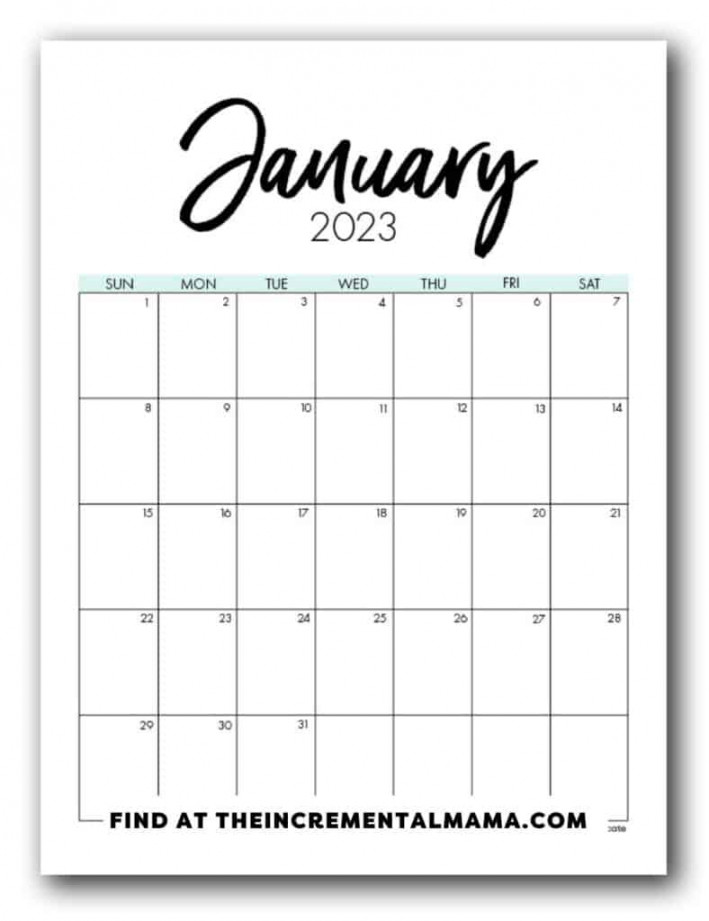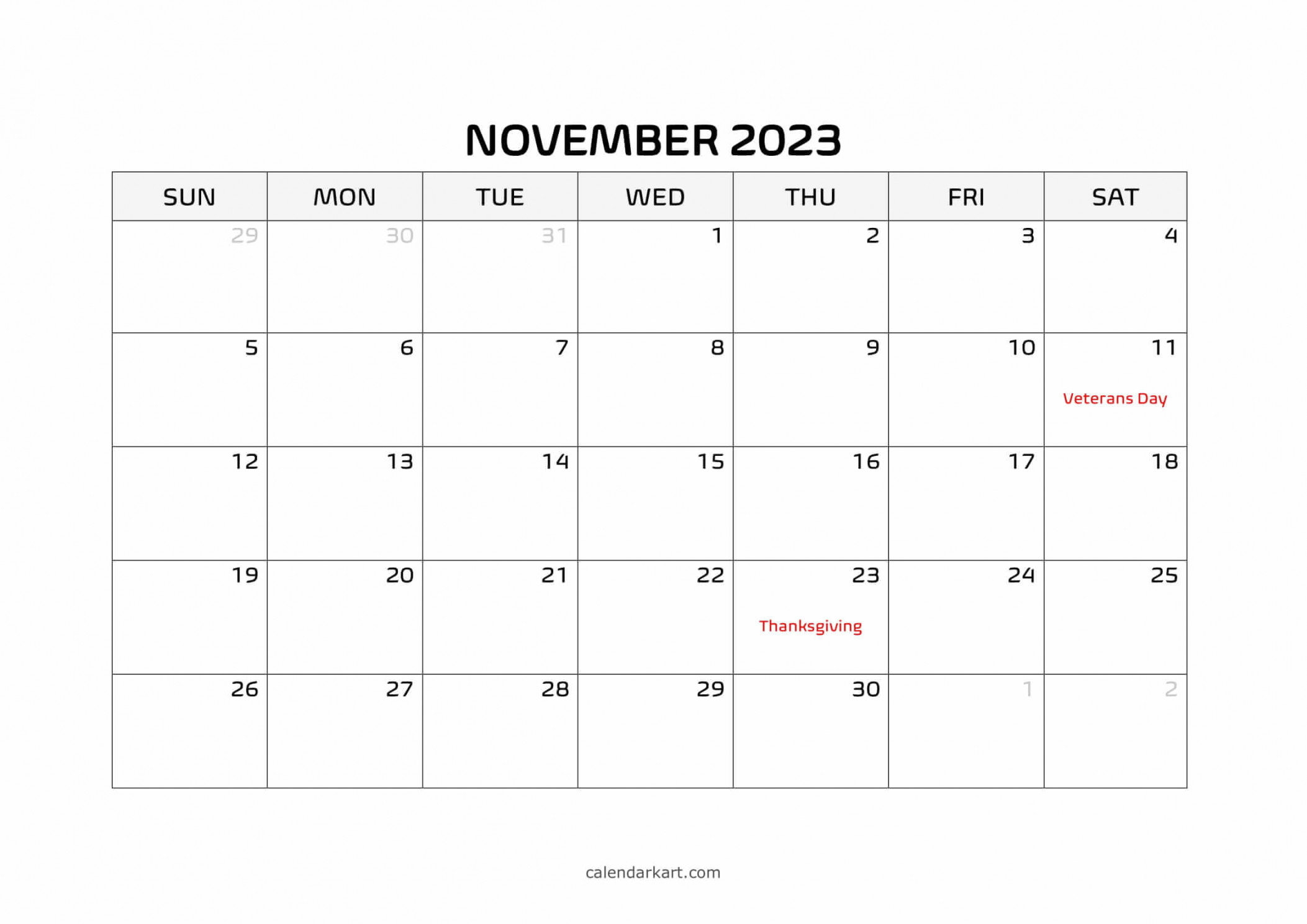Best free payroll software of 2023
The best free payroll software streamlines payroll processing, allowing businesses to accurately and quickly run payroll. They let businesses export payroll data to accounting programs and run reports. In addition, top-rated payroll platforms support direct deposit and paper checks while giving employees access to their personal data, tax forms and pay stubs through mobile apps or online portals.

We reviewed 19 payroll systems and spent over 20 hours speaking with customer service agents, studying user feedback and testing payroll software. Our evaluation considered payroll features, ease of use and tax filing tools. We also assessed add-on fees, paid plan pricing and standout features.
In this guide, we overview the best free payroll software so you can choose the right one for your small business.
Why trust our small business experts

Our team of experts evaluates hundreds of business products and analyzes thousands of data points to help you find the best product for your situation. We use a data-driven methodology to determine each rating. Advertisers do not influence our editorial content. You can read more about our methodology below.
25 companies reviewed. 40 hours of product testing. 1,025 data points analyzed. Featured Payroll Software Offers
Monthly fee
Starting at $40 plus $6 per month per employee
Monthly fee
$99 plus $5 per month per employee

Methodology: Why you can trust us
We extensively research the key competitors within an industry to determine the best products and services for your business. Our experts identify the factors that matter most to business owners, including pricing, features and customer support, to ensure that our recommendations offer well-rounded products that will meet the needs of various small businesses.

We collect extensive data to narrow our best list to reputable, easy-to-use products with stand-out features at a reasonable price point. And we look at user reviews to ensure that business owners like you are satisfied with our top picks’ services. We use the same rubric to assess companies within a particular space so you can confidently follow our blueprint to the best free payroll software of 2023.
The best free payroll software has positive user reviews on customer review sites. Payroll service companies should provide customers with fast and reliable support. Using a combination of phone support, live chat and knowledge bases, customers should be able to quickly resolve issues 24/7.
Free payroll software should provide a combination of basic payroll features, including mobile apps, self-service employee portals, HR libraries, new hire reporting, third-party software integrations, payroll analytics, wage garnishments, vacation/leave tracking, ledger reports and 401k tracking. Expanding on the basic feature set, additional payroll capabilities, such as direct deposit, tax compliance, HR features, time tracking capabilities and benefits administration, set the best free payroll software apart from competitors. However, the most important factor is that the free payroll software allows businesses to run payroll for no cost.
Best free payroll software
Best for managing hourly workers
Homebase Payroll
Best for basic payroll services
Payroll4Free
Best for solopreneurs and contractors
Wave Payroll Compare the best free payroll software Final verdict
The best free payroll software automatically calculates wages, overtime and vacation pay while withholding payroll taxes. In addition, top-rated solutions offer payroll reports and let you export data to accounting programs. But, free versions still charge fees for certain services and may impose limits on workforce sizes or locations.
Free payroll software differences
Our analysis of the best free payroll software revealed that the systems offered various customer service options, free and paid tools and payroll features. Here’s how the platforms differed:
Types of free software
Some payroll providers have a totally free payroll service that may be supported through ads. However, others offer free accounting, invoicing, employee management, time tracking or scheduling tools, yet charge base and per-employee fees for payroll software.
Payroll features
Although all free payroll platforms provide direct deposit or paper check payment options, not all services offer on-demand pay and some require you to pay a fee for key payroll features. Also, differences exist in how or if the payroll software integrates seamlessly with complementary features, such as employee time tracking, wage garnishment capabilities and workers’ compensation insurance and benefits administration services.
Additional services
Each payroll service provider approaches add-ons differently. Some let you choose automated tax filing and service all 50 states, whereas others require you to pay for automatic tax filing even if you opt out of the service or limit the states in which you can access this feature. Some payroll companies have other HR, benefits administration, compliance and accounting products or fee-based add-on options.
Customer support options
While all free payroll software systems provide email support, not all are available by telephone. And, none offer customer service 24 hours a day, seven days a week. Response times and self-service guides also vary by provider.
Our recommendation
Homebase Payroll is our top choice for the best free payroll software. Its free scheduling and time-tracking tools integrate seamlessly with its payroll tools, making Homebase an excellent option for small businesses with 20 or fewer employees and contractors. Although its payroll tools require a monthly payment, the customer support and advanced feature set can save small teams time while reducing payroll errors.
Free alternatives like Payroll4Free don’t include automated tax filings, have any online help center or knowledge base articles and charge extra fees that can add up quickly. While Homebase Payroll isn’t totally free, its value-added tools and free HR software make it stand out from the competition.
What is free payroll software?
A free payroll software is an application that automatically calculates wages, deductions and taxes to determine each employee’s net pay. From there, employers can print paper checks or pay using direct deposit.
Some free payroll platforms offer additional capabilities to make payroll processing easier or more efficient. For example, they may integrate with time and attendance tools or have built-in time-tracking systems. This capability reduces manual data entry by auto-populating the hours worked for each employee.
In addition, most free services allow you to export your payroll ledger to accounting software, like QuickBooks Online. Several free and paid payroll systems offer accounting and payroll tools for seamless workflows. These include QuickBooks Payroll, Patriot Software and Wave Payroll.
However, free payroll apps typically only work for small companies with fewer than 20 or 25 employees and contract workers. Some only allow a single business location to use the software. Most free services do not automate payroll tax filing, although they may provide tax forms or offer paid add-on services.
To understand the software, here are free payroll software terms to know:
Payroll run: Each time you process payroll according to your pay schedule and disperse payment, you complete a payroll run. Automatic tax filings: This term refers to a payroll service in which the provider files tax forms and remits payments to local, state and federal agencies on your company’s behalf. Payroll journal entries: These document employee and contractor payments. You can export these to your accounting software’s general ledger. Direct deposit service: You can electronically transfer funds from your business bank account to employee accounts, or some payroll providers offer to transfer funds from their accounts to your employee accounts. Payroll forms: Businesses must follow IRS rules for creating and filing employment tax forms, including industry-specific documents. These include employee forms I-9 and W-4, the quarterly form 941 and annual forms 940, W-3, 1099s and W-2s. Amended or prior filing fee: Some free payroll services charge fees if you need to amend a payroll tax filing for the current year or for a year prior to using the payroll software. New hire reporting: Federal law requires employers to report to state agencies when they hire new employees. States can also make additional rules for this reporting process. Some free payroll software will handle this reporting task for you in accordance with state and federal laws. On-demand pay: This payment option gives employees a portion of their wages before payday. Employee self-onboarding: This system allows workers to fill out new hire employment and direct deposit forms using an online portal. How does free payroll software work?
Free payroll software works much like their paid counterparts. Our testing showed slight differences in that free services were less user-friendly and had fewer features. Yet, payroll processing methods are similar, whether using free or paid tools.
Run payroll using free payroll software
Some free payroll software services have a dashboard where you can click to start payroll. The portal may also show important dates, upcoming tax filing deadlines and other alerts.
To complete a payroll run using free payroll software, you must follow these steps:
Register your business with state and federal agencies to, for example, obtain an employer identification number (EIN) or a state tax ID number necessary for withholding and paying federal and state employment taxes. Gather employee information, such as their names, addresses, social security numbers, tax filing statuses, whether they are contractors or employees, their pay rates and employment status (full-time, part-time, salaries or hourly, for example) and deduction and contribution details. This data can often be obtained using employee self-onboarding processes. If available, ensure that integrations you need have been set up, such as your payroll software’s integration with Quickbooks Online, to automatically maintain your general ledger. Decide on and set up your pay run schedule within the software, such as weekly or bi-weekly payment processing. Gather time sheets from employees (unless you have integrated a time clock system into your payroll software). Enter hours worked, bonuses, commissions, tips or other non-standard payments. Adjust time for vacation, sick or PTO days as needed. Add or verify that each employee has the correct pre and post-tax deductions. Click a button to initiate a payroll run.
The system automatically calculates wages, taxes and deductions. Once complete, you can review and finalize payroll runs, then print paper checks or send your payroll data to your bank for direct deposit. Most free payroll services summarize your pay cycle and let you view, print or export reports. However, not all free apps allow you to cancel a payroll run unless you pay a fee.
File taxes using free payroll services
Most free payroll systems are self-service, meaning you must file quarterly and annual tax forms and remit payments. However, some may offer tax filing services for an additional fee. For example, to file taxes for you, Payroll4Free charges $25 monthly or $250 annually, while Wave Payroll charges $40 plus $6 per employee monthly (available in 14 states) and Homebase Payroll charges $39 plus $6 per person monthly.
Businesses that file payroll taxes must complete the following steps:
Sign up for the electronic federal tax payment system (EFTPS). Before the beginning of each calendar year, select a monthly or semi-weekly deposit schedule for federal income taxes, additional Medicare tax withholdings and employer and employee social security and Medicare tax payments. Register for local and state tax payment systems, and select tax schedules as required. If you withhold federal income tax, Social Security or Medicare taxes, file Form 941 and remit payment quarterly. Report your federal unemployment tax act (FUTA) taxes on Form 940 and remit payment annually. Complete W-2s for all employees and give each one a copy. File copy A and form W-3 with the Social Security Administration (SSA) and copy one to the employee’s state or local tax agency. Complete any other industry-related forms, as required, such as form 8846, credit for employer Social Security and Medicare taxes paid on certain employee tips or form 943, employer’s annual federal tax return for agricultural employees. How to choose the right free payroll software for your small business
Gregory Saarinen, owner of The Collab at 113, suggests taking extra caution when looking at free payroll systems. “Even if the price (free) is right, a poorly configured tool can frustrate your payroll team and end up taking even longer than a simple spreadsheet.”
Follow these steps to choose the best free payroll software for your small business.
1. Consider your current payroll challenges
Many small businesses switch to a payroll system after experiencing problems with their processes. Suppose it’s taking too long to manually enter payroll data, driving up costs but you’re comfortable filing quarterly taxes through the government’s online system. In this case, a self-service payroll platform may work better than paying for a full-service subscription. However, if you’ve been fined for delinquent payments or tax errors, you may prefer a solution that includes automated tax filings.
As you consider your payroll challenges, ask yourself the following questions:
Have you made calculation errors on employee paychecks? How much time do you spend on payroll each pay period? Have you missed a tax filing deadline? Do your payroll staff or employees express concerns about your business’s payroll methods? Are your payroll records compliant with local, state and federal guidelines? Has anyone accessed your employee or payroll records without authorization? Can you quickly pull payroll reports for wages, taxes and deductions? If your office was inaccessible, could you still process payroll? 2. Assess your small business needs and budget
Free payroll software has limitations, and fees may apply to companies with multiple locations or those that pay over 25 employees and contractors each payroll run. Furthermore, included features and tools vary. For example, not all services assist with wage garnishments or benefits administration.
Consider these questions when evaluating your software requirements:
How much do you want to spend in total per pay run (including expenses for printing checks, software fees and processing labor)? What is your budget for income and employment tax filing? How many employees and contractors do you pay per period? Do you need multi-state payroll services? How many business locations do you have? Will you need wage garnishment services? Do you want integrated workers’ compensation insurance? Will you report new hires, or do you want your free payroll software to do so on your business’s behalf? Do you need direct deposit alternatives, like payroll cards or on-demand wages? 3. Compare free payroll software features and fees
Now that you know what you’re looking for, you can evaluate payroll products to match your needs. Make a prioritized list of the features you need and of your monthly budget. Use project management software or a spreadsheet to track software variables and company contact information.
Check out professional reviews and software round-ups like our best payroll software guide to see which providers offer the most needed features within your budget. Tally up the monthly costs and any add-on fees for each considered provider. Compare these figures to your budget and features list to see which services offer the best overall value.
Also, look at user testimonials on sites like TrustPilot, G2 and Capterra. For payroll software that offer mobile apps, see user ratings on the Apple Store and Google App Store. While user reviews are subjective, if you notice a pattern of complaints or praises, take note.
4. Test payroll platforms before transferring your data
Once you’ve narrowed down your options, request free demos and trials from payroll service providers. If possible, access the software from the employer and employee portals. Practice performing basic payroll tasks, like adding and removing workers, running payroll and exporting reports or ledger information.
As you test the products, note any questions or issues so you can speak with a company representative. As you do, remember to contact customer support through email, chat and phone to determine if staff is responsive, friendly and knowledgeable.
After consulting with your team, determine which payroll system suits your budget and business needs. Do a soft rollout with your team’s management to determine if your top considered software meets your team’s needs and to smooth out any glitches before rolling it out to your entire company.
What we don’t recommend
Few things in the business world are genuinely free, and payroll software systems are no different. Free payroll services may be ad-supported and typically offer less support and features than paid versions.
However, a few platforms didn’t make our final cut. This is because some free payroll software don’t offer integrations with key software or tools, such as accounting tools. Others don’t offer employee self-serve portals or detailed reporting. Most businesses will find these features essential for employee retention and ongoing payroll processing success and so cannot do without them even for a free price tag.
Likewise, some free payroll software didn’t support 1099 contractors or offer direct deposit. Since more than 93% of respondents to a Getting Paid in America survey get paid by direct deposit, we consider this an important feature to meet the expectations of the top talent businesses want to attract and retain. Additionally, with McKinsey & Company reporting that the gig economy is booming, many small businesses want the flexibility to pay contractors from the same software that they pay hourly and salaried workers.
Finally, just because it claims to be free doesn’t mean it is. Saarinen recommends that, when considering a free software, business owners read the terms of service carefully and check the fee list. “Often free payroll software charges fees for things that paid tools include with your subscription. I got dinged once because I had to revise my payroll after submitting it for processing. With a paid service, you can usually make adjustments without extra charges. But this oversight ended up costing me a pretty penny.”
Frequently asked questions (FAQs)
Does my business need payroll software?
Most small businesses can benefit from payroll software because its tools help small businesses comply with complex, ever-changing payroll tax and employment laws. For example, it enables:
Accurate recordkeeping. Automated withholding calculations and tax payments. Automated and accurate payroll runs. Increased employee satisfaction by allowing them direct access to payroll details. The prevention of costly tax mistakes and missed deadlines through automations. Financial and payroll reporting to help companies keep costs within budget and funding efficiently allocated. How does payroll software protect my business?
Incorrect payroll management can lead to tax penalties, litigation, reputational damage and lost talent. For example, SHRM reported on a $13.2 million award to Alabama steelworkers who weren’t paid the correct overtime amounts, a policy that violated the fair labor standards act (FLSA).
Payroll software could have helped the company avoid this costly penalty by using calculation and compliance engines to compute the correct overtime pay and tax withholding amounts. These tools update automatically to the latest state and federal regulations to ensure accurate payroll and legal compliance.
Payroll software protects your company by:
Accurately calculating payroll: It precisely computes wages, including overtime and non-standard payments like bonuses or commissions, deductions and withholding amounts. Correct payroll means employees get paid what they’re owed on time and no time or money is wasted figuring out what went wrong. Automatically filing taxes: Full-service payroll completes quarterly and annual tax forms and remits payments to local, state and federal agencies on your behalf. Timely tax filings backed by the accuracy guarantee offered by several of the best payroll software providers ensures your company won’t face fines for late payments or inaccurate statements. Securely transferring data: Payroll services offer end-to-end data encryption to reduce data breach risks. Ensuring safe data storage: Employee tax and bank account forms require secure storage, and the best free payroll software providers use secure facilities with firewalls and intrusion detection systems to offer this feature. Providing payroll alerts: Most payroll software provide in-app warnings if abnormal figures or errors are detected that prevent a payroll run from processing. Again, this helps save time and money by allowing you to fix costly tax errors or legal issues due to inaccurate payroll. Preventing unauthorized access: By setting permission levels, you can ensure that HR and payroll staff only see the employee information they are authorized to view, helping to protect your company from privacy-related litigation. Can I run payroll without software?
You can run payroll using a spreadsheet and the IRS tax withholding calculator. Here is a general breakdown of how to do so:
Research federal, state and local payroll tax requirements to understand your company’s and employees’ payroll tax contribution requirements. Look into federal and state overtime-calculation, tipped-wage and industry-specific rules. Have employees complete tax forms. Figure out what type of pre- and post-tax deductions you must compute for benefits, workers’ compensation and legal garnishments. Review time sheets and calculate hours worked by the individual’s hourly rate to get their gross pay. Add bonus payments, commissions, tips or other non-standard payments. Subtract pre-tax deductions as required before figuring the tax withholding amount. Run employee-provided data with their time worked and other pay data through the IRS calculator to compute individual withholding amounts. Take away the tax withholding amount and any post-tax deductions to calculate net pay. Print paper checks using a template or establish a direct deposit account with your bank.
Remember that the IRS requires certain payroll records as well. Therefore, you must ensure that your spreadsheet and related documentation meet IRS standards.
You must also pay taxes on an approved state and federal schedule, usually quarterly. Check with state and federal guidelines to learn when you must submit your payments. You can use the electronic federal tax payment system (EFTPS) to submit your payments. State taxes are usually paid to your state’s department of revenue, department of taxation or a similar agency.
Due to the multiple manual calculations, do-it-yourself payroll is time-consuming and prone to errors. You can over or underpay workers or the IRS with one missed decimal point or an incorrect number. Neither is a situation that you want to be in as resulting penalties and interest add up quickly and substantially.
Is payroll software worth it?
Payroll software improves payroll processes, making the cost well worth it for companies with more than a few employees. Many free and paid payroll software platforms let users export payroll ledger data to accounting software. Several payroll apps sync with time tracking or point-of-sale (POS) systems. These two capabilities alone can save small businesses many hours of manual data entry and prevent errors.
On the flip side, a simple mistake when going it alone can underpay an employee or miscalculate withholdings, leading to upset staff, litigation and tax penalties. According to an Ernst & Young study, the average cost per payroll error is $291. Moreover, about “one in six companies surveyed” had litigation issues,” resulting in 44% having to terminate or furlough employees and 35% experiencing an increase in employee turnover.
Free payroll tools typically do not include key features you’re likely to need, including automated tax filing and deposits. Many also lack advanced features that come with paid subscriptions, such as new hire reporting and benefits administration.
Free payroll software gets the basic payroll processing job done for a company with a handful of employees. But as your business expands, having an all-in-one platform that assists with new hire onboarding, tax filings and document storage can streamline workflows and allow HR staff to complete tasks in less time and with less risk of internal or external error penalties.
What is the cheapest payroll software?
With a free price tag, Payroll4Free is the cheapest self-service payroll solution for companies with 25 or fewer employees and contractors. However, if you want automated tax filing and payments, Roll by ADP offers the lowest monthly price ($29 plus $5 per employee) and provides a three-month free trial for new users.
Self-payroll software ranges from free to $20 monthly plus $0 to $6 per employee per month. Payroll4Free, Patriot Software and Wave Payroll all offer do-it-yourself tax filing payroll software. Full-service payroll systems range from $29 to $45 monthly plus $4 to $6 per employee for base plans.
However, several full-service payroll providers have pricier tiers with advanced HR tools, benefits administration services, financial management tools, compliance tools and other features. These cost $80 or more monthly plus $10 or higher per-person monthly fees. Compare pricing and features in our best payroll software guide.

